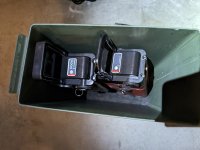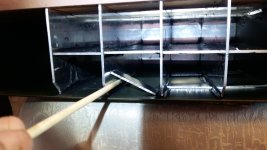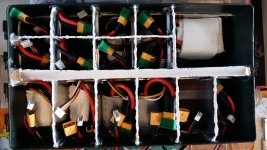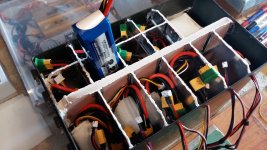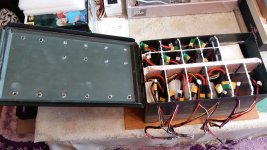From the home protection point of view, let's take an appartment to narrow down our options, from this video presentation, the small electric scooter that went on fire while charging in the house is what stuck into my head the most because, although teriffying the explosions, the fires or that the gases can light on fire afterwards while just sitting there for a while, besides the charging, all the other scenarios require a short or damage to the cells, correct?
1. Let's take a Lithium ion battery pack out of branded cilindrical cells, removed from the vehicle, that just sits there, between uses, at nominal voltage. Can a batt pack selfdistruct, runaway or whatever we call it, when is not in use, moved or touched? Just to make sure if I can remove this one concern out.
2. Next scenario is damaging the cells of the pack. Besides the posibility of dropping it on the floor, the true damage might just happend only outside the house while in use. So, although serious, from the house protection point of view we leave this one aside.
3. Then ther's the charging part.
Let's say we went the oldschool route of no bms and use a hobby inteligent charger (I'll show a link bellow with specs and photo of what I use).
Supose that, besides the fact that the charger has automatic end charge detection, we also monitor the voltages on the chargers screen, from time to time to an end voltage of 4.15v/cell, and that we know from before, the time the charging takes from a particular storage percentage, and stop it if the charger gows bad an does not stop it for us.
And now my main question:
What are the other situations that a charger (charging process) can cause a battery runaway, fire?
Because if we consider a short inside the charger, I'm not sure what kind of "linkages" should it have to withstand for example an 8s8p 30v 32Ah pack short and not to melt, cutting the short.
T Series SMART CHARGER. Simpler, Smaller & More Powerful.

www.getfpv.com
View attachment HTB1TkiREeySBuNjy1zdq6xPxFXao.jpg_640x640Q90.jpg_.webp


